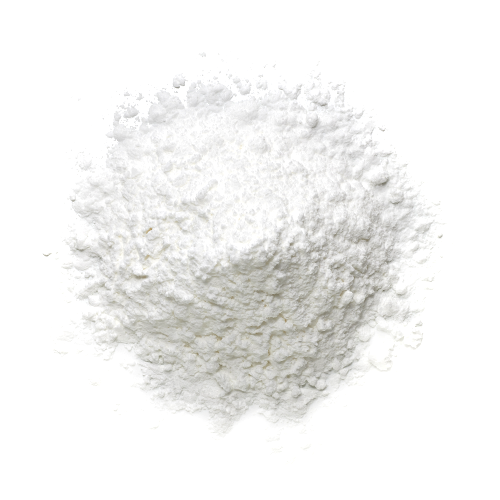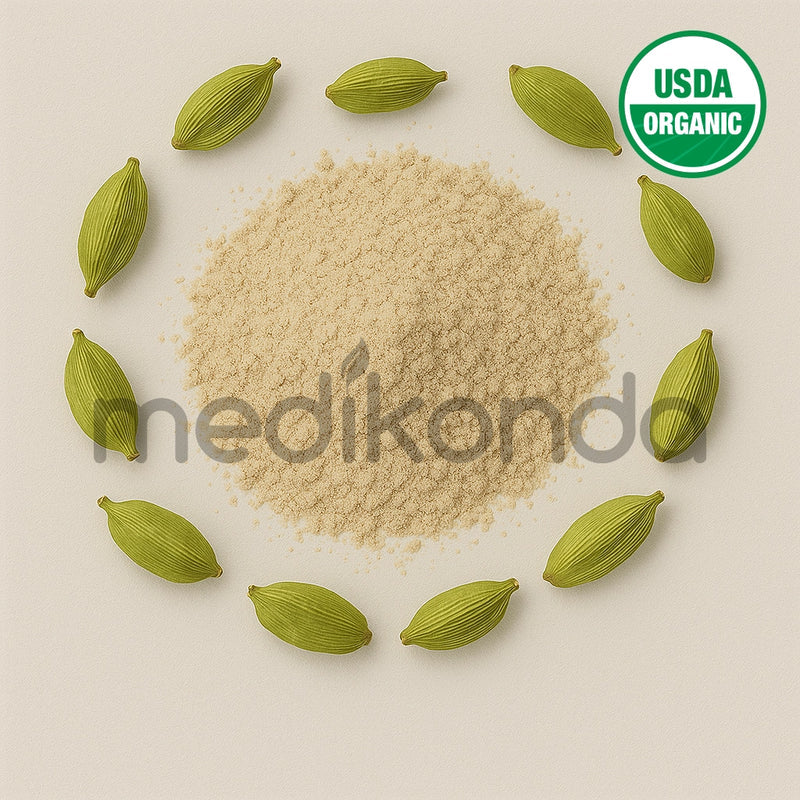Add description, images, menus and links to your mega menu
A column with no settings can be used as a spacer
Link to your collections, sales and even external links
Add up to five columns
Add description, images, menus and links to your mega menu
A column with no settings can be used as a spacer
Link to your collections, sales and even external links
Add up to five columns
LOOKING FOR BULK INGREDIENTS PRICING?
GET INSTANT QUOTEwhat ingredient are you looking for?

Benefits of Transglutaminase - Wholesale B2B Bulk Suppliers in Australia and New Zealand
Transglutaminase: The “Meat Glue” Enzyme Revolutionizing Food and Health
What is Transglutaminase?
Transglutaminase is a naturally occurring enzyme that catalyzes the formation of covalent bonds between proteins. Often referred to as “meat glue,” it helps bind protein molecules together, enhancing texture, firmness, and water-holding capacity in foods. Found in animals, plants, and microbes, transglutaminase plays a key role in both food processing and biological functions.
In the food industry, it’s widely used to improve the structure of meat, dairy, and bakery products. In biotechnology and medicine, it’s being explored for applications in wound healing, tissue engineering, and drug delivery.
How Does Transglutaminase Work?
Transglutaminase catalyzes a reaction between:
-
The gamma-carboxamide group of glutamine residues
-
The epsilon-amino group of lysine residues
This results in the formation of strong, cross-linked protein networks, improving:
-
Texture
-
Elasticity
-
Stability
Key Applications in the Food Industry
1. Meat and Seafood Processing
-
Binds smaller meat pieces into a uniform shape (e.g., steak medallions, restructured meat products)
-
Improves texture, firmness, and sliceability
2. Dairy Products
-
Enhances the gelation of milk proteins in yogurt and cheese
-
Reduces the need for high-fat or stabilizer additives
-
Improves mouthfeel and creaminess
3. Bakery and Pasta
-
Strengthens gluten networks in flour-based products
-
Results in better dough elasticity and volume
-
Extends shelf life by reducing staling
4. Plant-Based Foods
-
Enhances the texture and bite of plant-based meat alternatives
-
Helps bind soy, wheat, or pea proteins into cohesive products
Health and Medical Uses
Beyond food, transglutaminase has shown promise in:
-
Wound healing: Enhances blood clotting and tissue regeneration
-
Drug delivery systems: Used to create stable protein-drug conjugates
-
Tissue engineering: Helps develop bio-scaffolds for regenerative medicine
-
Celiac disease research: Tissue transglutaminase is a key autoantigen in gluten sensitivity and is used diagnostically
Is It Safe?
Transglutaminase used in food (typically derived from microbial sources like Streptomyces mobaraensis) is Generally Recognized As Safe (GRAS) by food safety authorities in many countries.
However, it may not be suitable for:
-
People with severe allergies to specific food proteins
-
Those with Celiac disease, if tissue transglutaminase is a concern
It's important to differentiate between microbial transglutaminase (used in food) and human tissue transglutaminase (implicated in autoimmune responses).
Labeling and Regulation
Depending on regional regulations, transglutaminase may be listed as:
-
Enzyme
-
TG enzyme
-
Activa® (a popular brand)
-
Protein cross-linker
In some countries, labeling is not mandatory if it's considered a processing aid.
Final Thoughts
Transglutaminase is a powerful tool in both the culinary and scientific world. Its ability to bind proteins without added chemicals makes it highly valued in clean-label food production. Whether it's giving structure to plant-based meat or helping regenerate tissues in medicine, this “protein glue” enzyme is reshaping how we think about texture, nutrition, and innovation.
For bulk orders and inquiries, visit Medikonda Nutrients - Transglutaminase
Medikonda Nutrients is the Largest Manufacturer, B2B Bulk Wholesale Supplier of Transglutaminase in Australia and New Zealand.
Also in Medikonda: Health & Wellness
SUBSCRIBE NOW ...
Don't miss to get latest updates on sales, new releases and promotions




